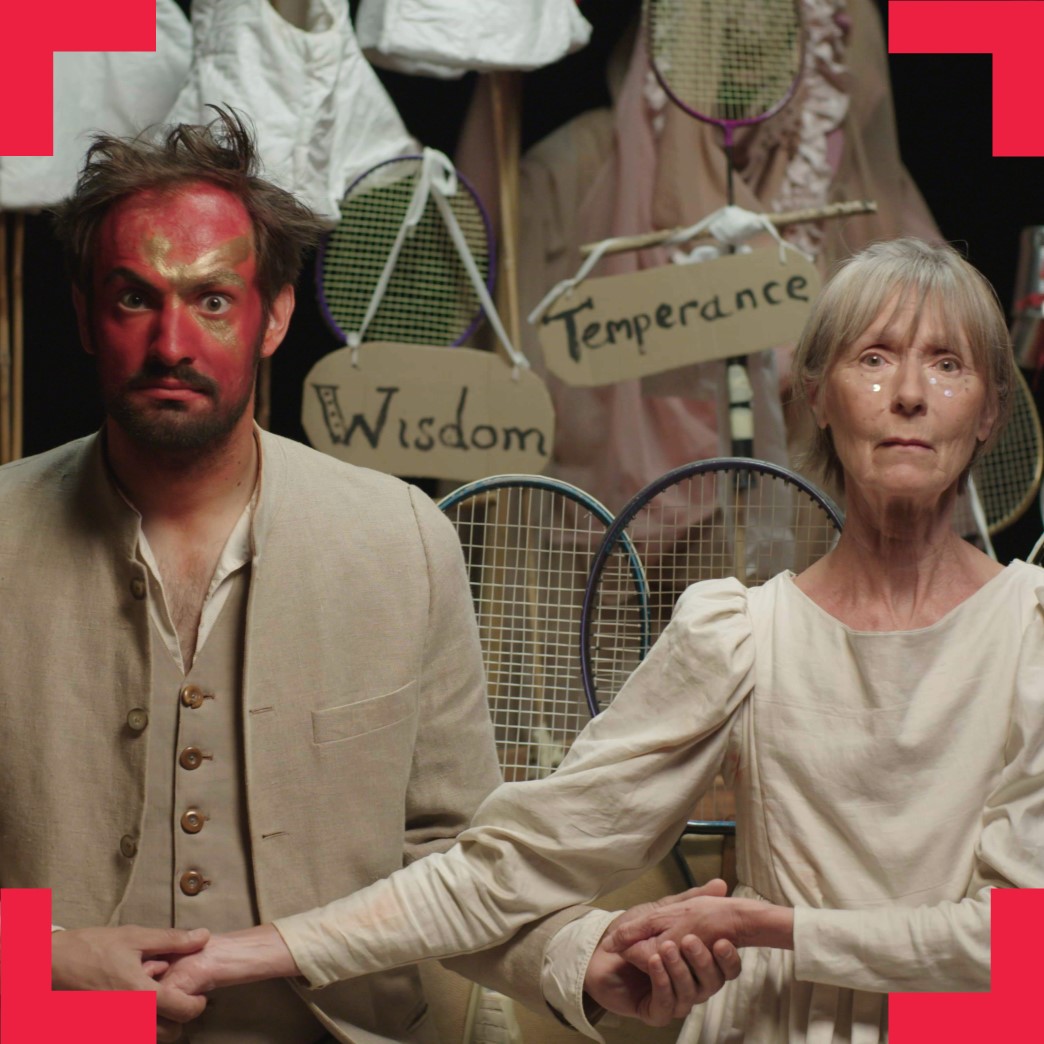Living Well in Wartime: Experimental Performance in Britain during the First World War
What system of dance and theatrical movement developed amongst the little theatres during the war, and how was it distinctive? What is the relationship between the artistic work of the little theatres, and their political values?

During the First World War, a culture of experimental performance emerged in London, challenging mainstream theatre and sympathising with the dissenting politics of the peace movement.
What did the project involve?
The project team examined a group of ‘little theatres’ which collaborated during the war, forming a significant social and cultural network at a time where experimental theatre was largely inactive.
Three questions formed in the group’s initial meetings:
- What system of dance and theatrical movement developed amongst the little theatres during the war, and how was it distinctive?
- How did those involved approach the problem of how to ‘live well’ – as artists, pacifists and free-thinkers – in an age of total war?
- What is the relationship between the artistic work of the little theatres, and their political values?
Following on from this, they researched a ‘little theatres’ book entitled The Ballet of the Nations, a Present- day Morality by Vernon Lee, with a Pictorial Commentary by Maxwell Armfield (1915). The book had originally been imagined as a piece of dance theatre, but was published in text instead. The text and its illustrations had the power to assist the researchers as they explored the message of ‘positive peace’ as it was portrayed through dance during the First World War.
Who are the team and what do they bring?
- Grace Brockington (Art History, University of Bristol) brought her expertise as an art-historian specialising in British culture in the early twentieth century, particularly the visual and performance cultures of the First World War. She mounted an exhibition exploring the material evidence of wartime theatre. She advised on the historical context for the associated dance production and commented on the interpretation of the material.
- Impermanence Dance Theatre has a strong track record of working creatively with historical texts. Their production Da-Da-Darling (2015), which animated Max Ernst’s illustrated fable A Little Girl Dreams of Taking the Veil (1930); and SexBox (2016), which examined the musician Ursula Bognor’s fascination with the writings of the psycholanalyst Wilhelm Reich.
British Art Studies published and promoted the online exhibition and the filmed outcome of the collaboration with Impermanence.
What were the results?
The research was presented in a multimedia, online exhibition, curated by Brockington and published by British Art Studies using a specially designed digital template. The exhibition featured 50 images of art and archival material, accompanied by original film footage and recordings of music contemporary to the material.
At the heart of the project was an original dance performance by Impermanance Dance Theatre; a video of which was presented at the entry point of the exhibition.
Watch the full film, narrated by actor Billy Zane, here.

